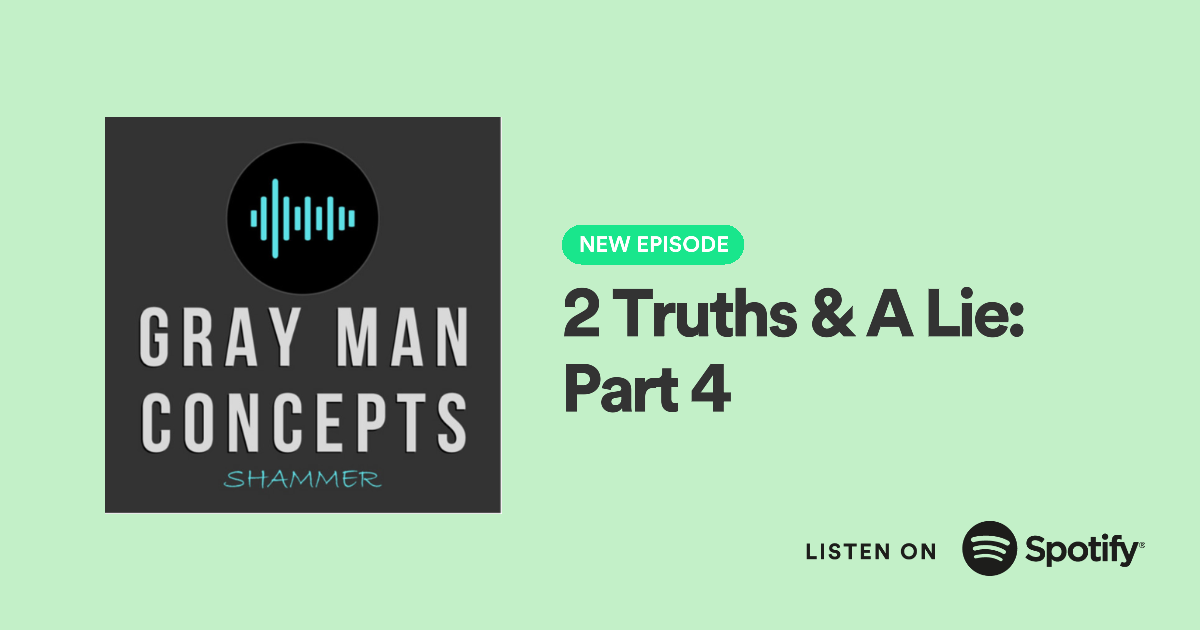In my experience, females were between 30%-50% of humint assets. Far more than any other field except analysts. The part about not exploiting female targets is on point. Below is from intelnews..
In an article published earlier this month in the International Journal of Intelligence and CounterIntelligence, Stephan Lau and Farina Bauer ask a number of important questions about the effective inclusion of women in HUMINT. The article is entitled “What About Her? Increasing the Actionability of HUMINT in Paternalistic Cultures by Considering Female Intelligence”. Lau is a member of the Faculty of Intelligence at the Federal University of Administrative Sciences in Berlin. Bauer, who holds a Master’s degree from the University of the Armed Forces in Munich, is a female HUMINT practitioner with Germany’s Bundeswehr (Federal Defense).
The article contains insights from Bauer’s experience as a HUMINT operative. It also shares data from surveys and interviews with 40 military HUMINT operatives in the Bundeswehr, who have served in male-dominated collection environments, such as Afghanistan, Iraq and Kosovo. A central question the authors focus on is “whether there is a gender-sensitive perspective regarding women as targets as well as females as operators in these theaters”. In attempting to answer that question, Lau and Bauer elaborate on the concept of “female intelligence collection”, namely “a gender-sensitive perspective in intelligence collection planning that not only recognizes females as targets of collection but also considers females as operatives”. This concept was partly behind the creation of female engagement teams (FETs), which have been pioneered in Afghanistan by American and other Western Special Operations Forces units in order to engage with local women.
The authors conclude that, despite the growth of FETs in the past decade, female targets in paternalistic societies remain “both untapped (i.e., not yet a standardized part of mission planning) and harder for operators to access”. Moreover, they recommend that FETs should not be the centerpiece of female intelligence collection, because it isolates women in the broader HUMINT environment and fails to combine male and female collection capabilities. They argue that “[f]emale-only teams are not the right answer to reform a male-dominated profession”. Instead, they propose the “integration of female and male operators in the same units by creating and supporting mixed teams”. These teams, they argue, would “increase the actionability of intelligence collection entities, even beyond military intelligence”.
How to get your free month
How pricing works
How to view posts
What you can post
A #podcast about #persuasion, #deception, #communication, and the #Grayman
https://promocards.byspotify.com/share/5e3dfefd944d823be992a43447470e279711b635
These are some of my favorite camping tips A #podcast about #preparedness, #camping, #hiking, and the #Grayman
https://spotifyanchor-web.app.link/e/umedj5kJiBb














